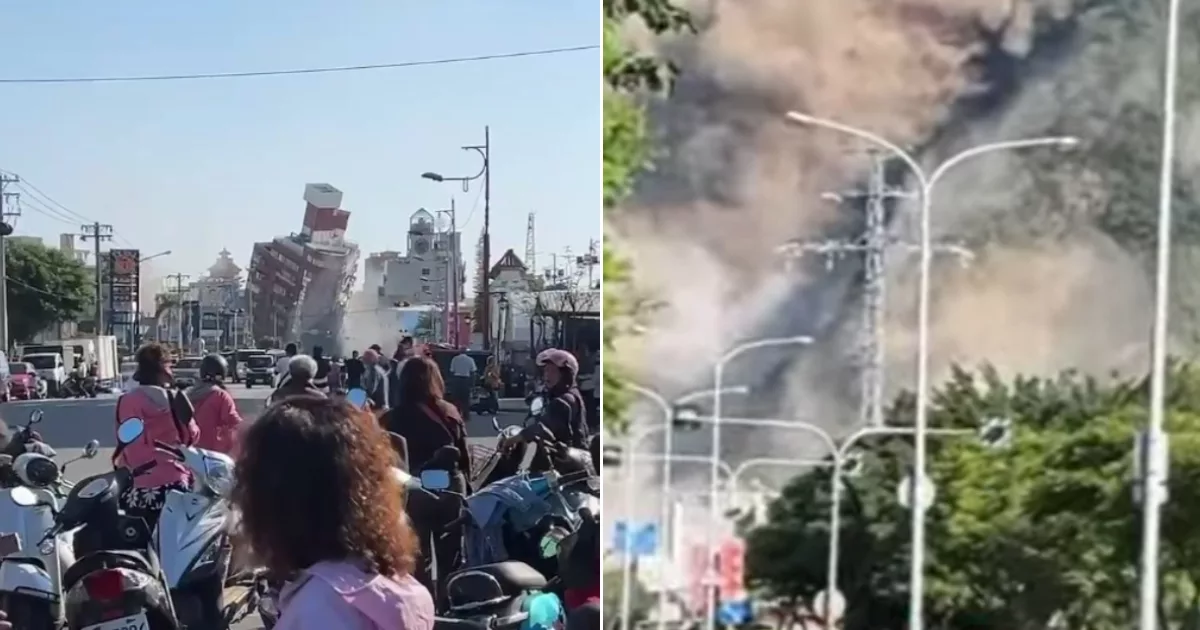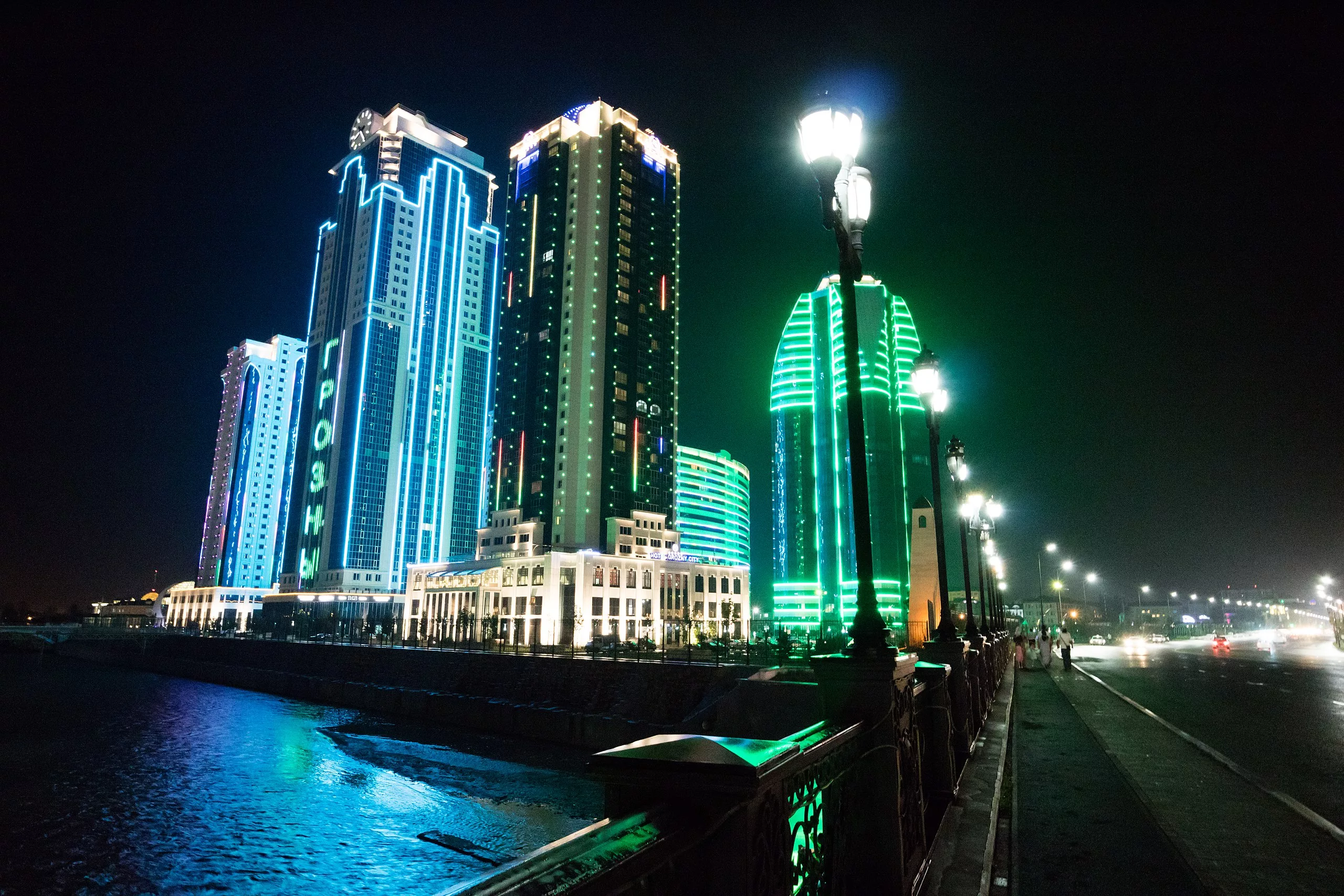On Wednesday morning, during the bustling rush hour, Taiwan experienced its most potent earthquake in nearly a quarter-century. This seismic event, which unfolded near the eastern city of Hualien at precisely 7:58 am local time (2358 GMT), was measured at a magnitude of 7.4 by the U.S. Geological Survey, marking it as the island’s most significant tremor since the infamous 1999 quake. The Taiwan Earthquake Monitoring Agency reported the quake’s magnitude slightly lower at 7.2. The earthquake originated from a depth of approximately 35 kilometers (22 miles), categorized as shallow, which often results in more pronounced surface shaking.
The impact of the quake was felt across a vast expanse, with notable tremors reaching Taipei, the nation’s capital, located some 100 miles from the epicenter, and reports indicating that the vibrations were felt as far north as Shanghai, China, approximately 500 miles away. The aftermath saw a continuation of aftershocks for around two hours, exacerbating the initial devastation.
Television footage and images broadcasted shortly after the earthquake depicted significant structural damage. Several buildings were observed tilting precariously or dislodged from their foundations entirely. In response to the seismic event, local authorities in Hualien, which is home to around 300,000 inhabitants, announced the suspension of work and educational activities. Furthermore, to ensure safety, eight power plants were temporarily shut down, leaving approximately 87,000 residents in Hualien without electricity, although power supply was maintained in other parts of the island.
In the wake of the disaster, Bloomberg News reported that Taiwan Semiconductor Manufacturing Company (TSMC), the globe’s premier semiconductor manufacturer, was compelled to evacuate its production facilities. The country’s transportation network also felt the quake’s effects, with train services halted across the island and subway operations in Taipei suspended. Footage from the epicenter region depicted rockslides obstructing roads and residences displaced from their alignments.
The earthquake prompted tsunami warnings across the Pacific, with advisories issued in Japan and the Philippines. The Japan Meteorological Agency (JMA) initially alerted to a potential tsunami threat which was later retracted. Nonetheless, a modest tsunami wave, approximately 30 centimeters in height, was recorded hitting Yonaguni Island’s coast a mere quarter-hour subsequent to the earthquake. JMA also projected that similar waves might have reached the shores of Miyako and Yaeyama islands. Although the Philippines refrained from issuing a tsunami warning, coastal residents were urged to relocate to elevated terrains or inland as a precautionary measure.
Reflecting on Taiwan’s seismic history, this event echoes the memory of the September 21, 1999, “Jiji” earthquake. That tremor, measuring 7.3 in magnitude, razed thousands of structures and claimed the lives of over 2,400 individuals, standing as a somber benchmark in the island’s encounter with natural disasters. This recent earthquake not only underscores the region’s vulnerability to seismic activities but also challenges Taiwan to continuously enhance its preparedness and resilience against such unpredictable natural phenomena.










